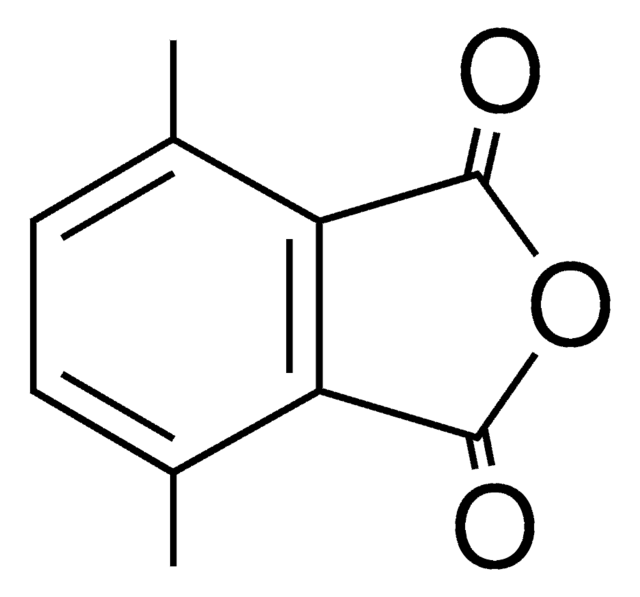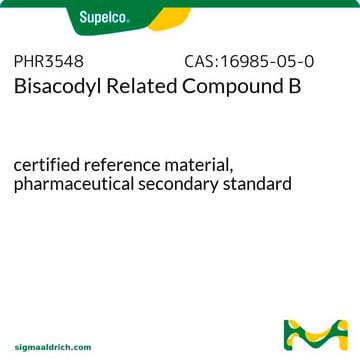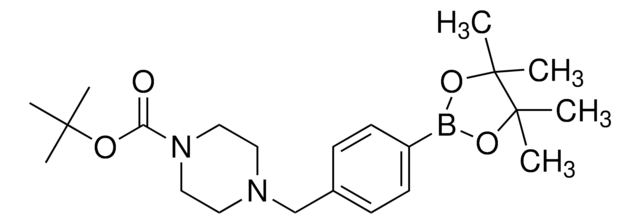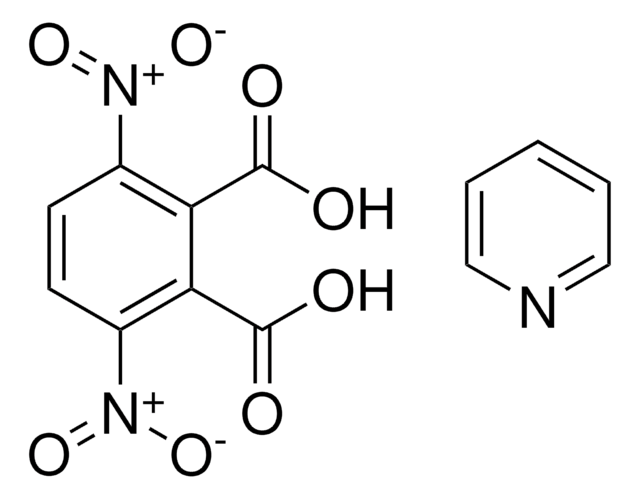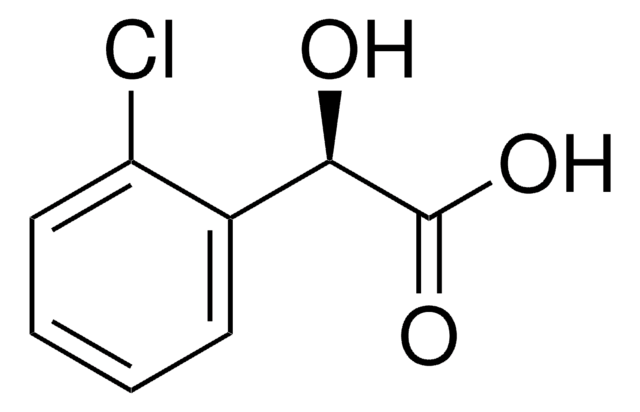H5019
11-Hydroxy-Δ9-tetrahydrocannabinol
vacuum-dried powder
Sinónimos:
7-Hydroxy-Δ1-tetrahydrocannabinol
About This Item
Productos recomendados
form
vacuum-dried powder
drug control
USDEA Schedule I; regulated under CDSA - not available from Sigma-Aldrich Canada
technique(s)
HPLC: suitable
gas chromatography (GC): suitable
format
neat
storage temp.
−20°C
SMILES string
CCCCCc1cc(O)c2[C@@H]3C=C(CO)CC[C@H]3C(C)(C)Oc2c1
¿Está buscando productos similares? Visita Guía de comparación de productos
Application
signalword
Warning
hcodes
pcodes
Hazard Classifications
Acute Tox. 4 Oral - Repr. 2
Storage Class
11 - Combustible Solids
wgk_germany
WGK 3
flash_point_f
Not applicable
flash_point_c
Not applicable
ppe
Eyeshields, Gloves, type P3 (EN 143) respirator cartridges
Elija entre una de las versiones más recientes:
¿Ya tiene este producto?
Encuentre la documentación para los productos que ha comprado recientemente en la Biblioteca de documentos.
Nuestro equipo de científicos tiene experiencia en todas las áreas de investigación: Ciencias de la vida, Ciencia de los materiales, Síntesis química, Cromatografía, Analítica y muchas otras.
Póngase en contacto con el Servicio técnico